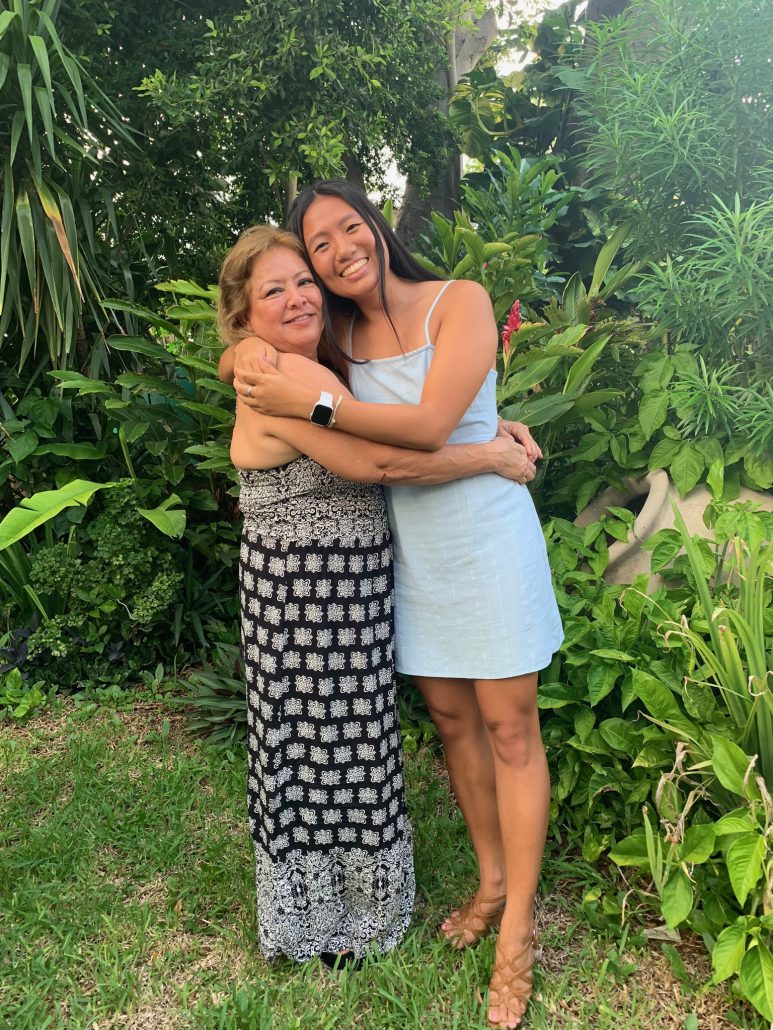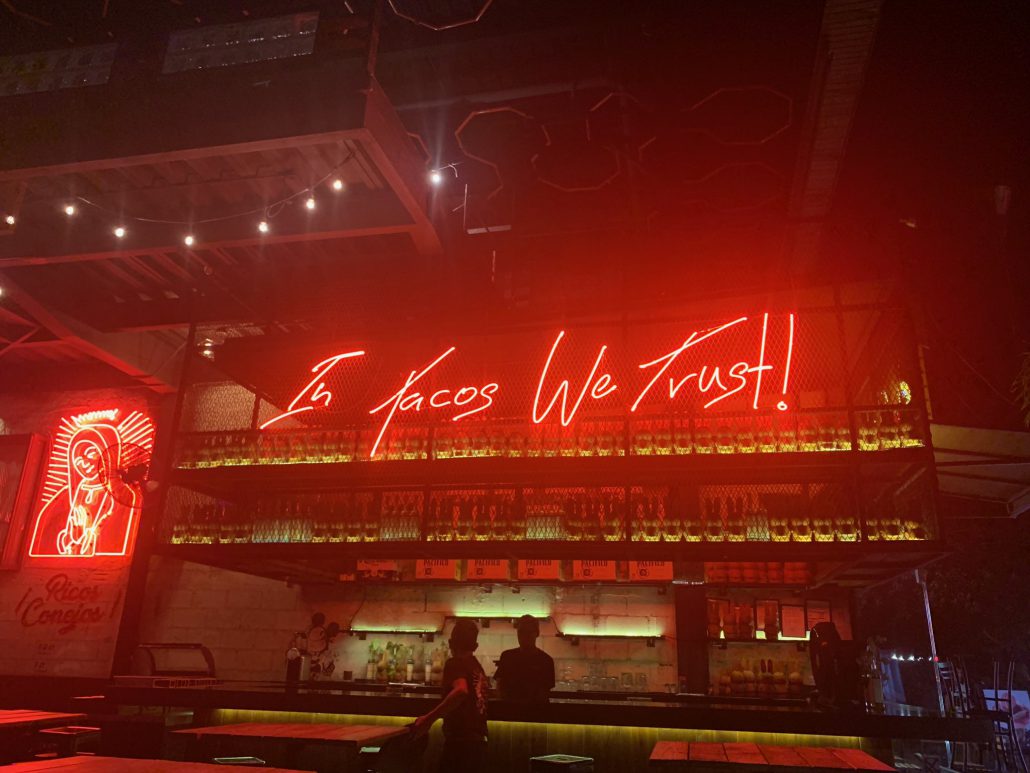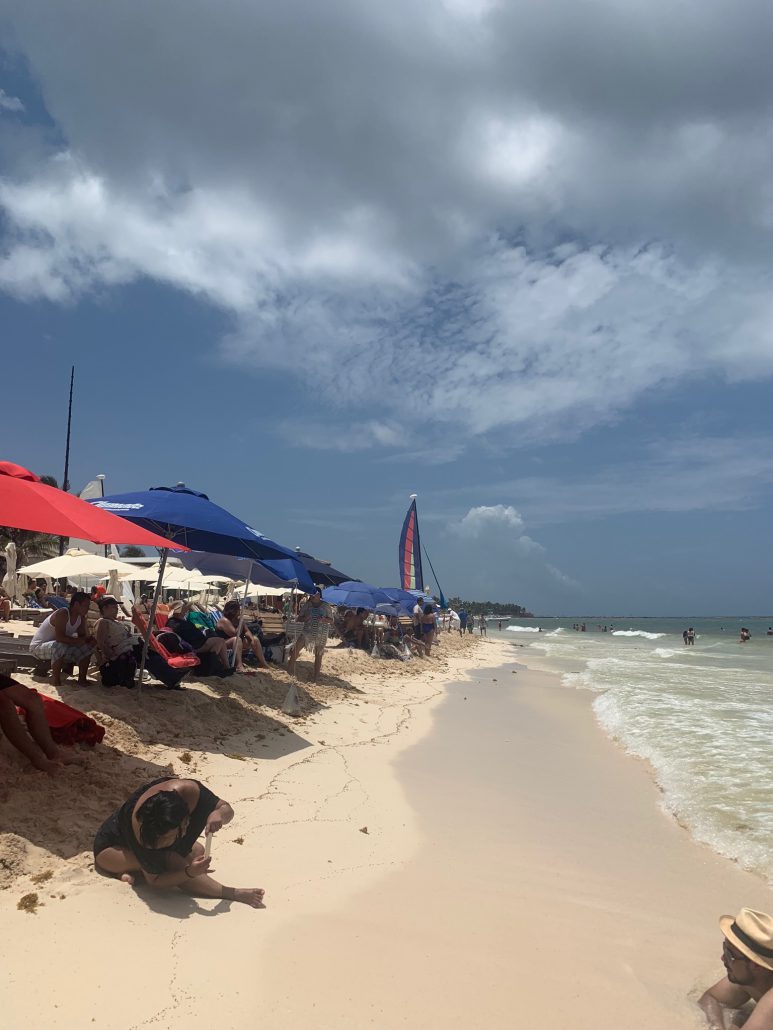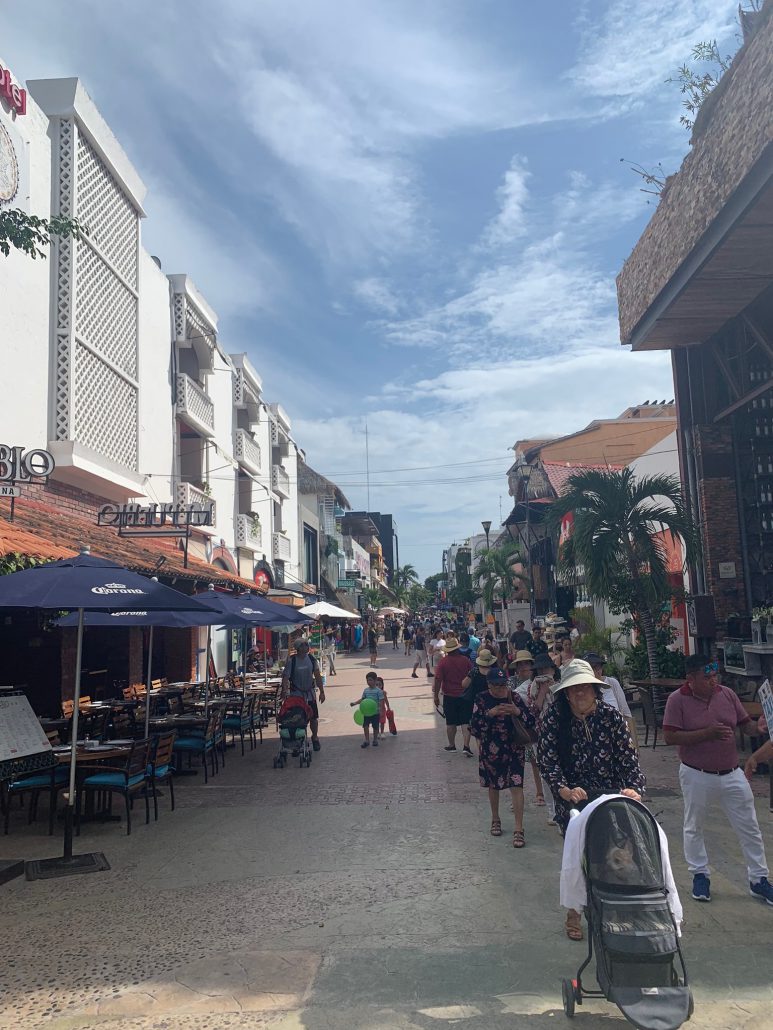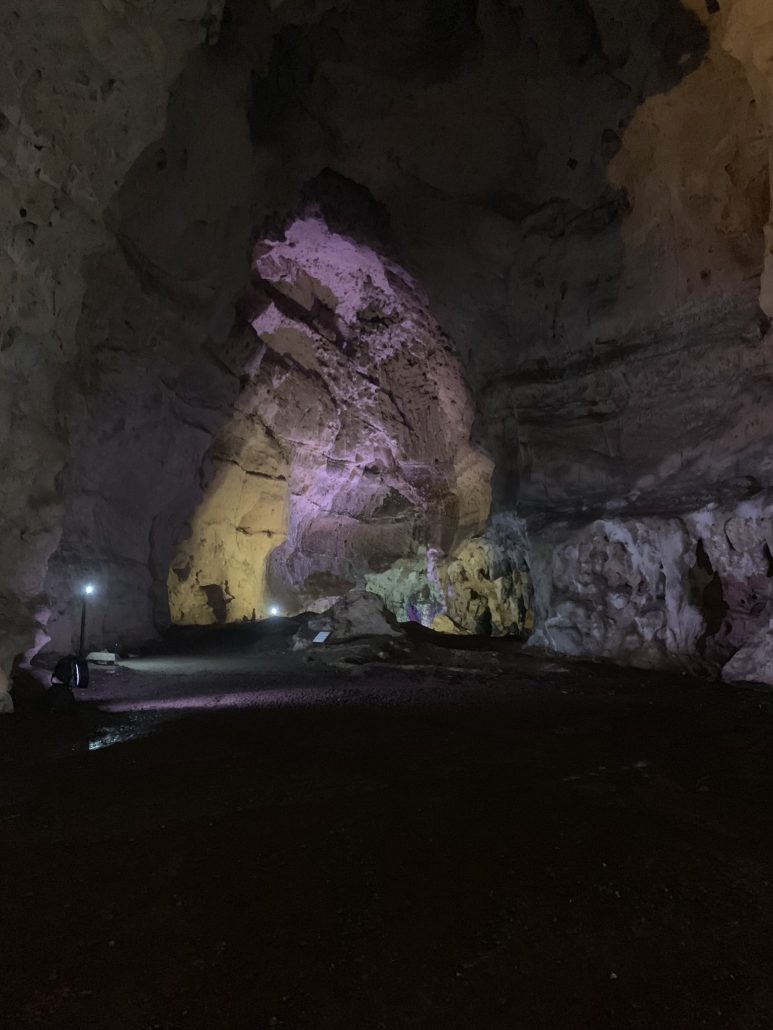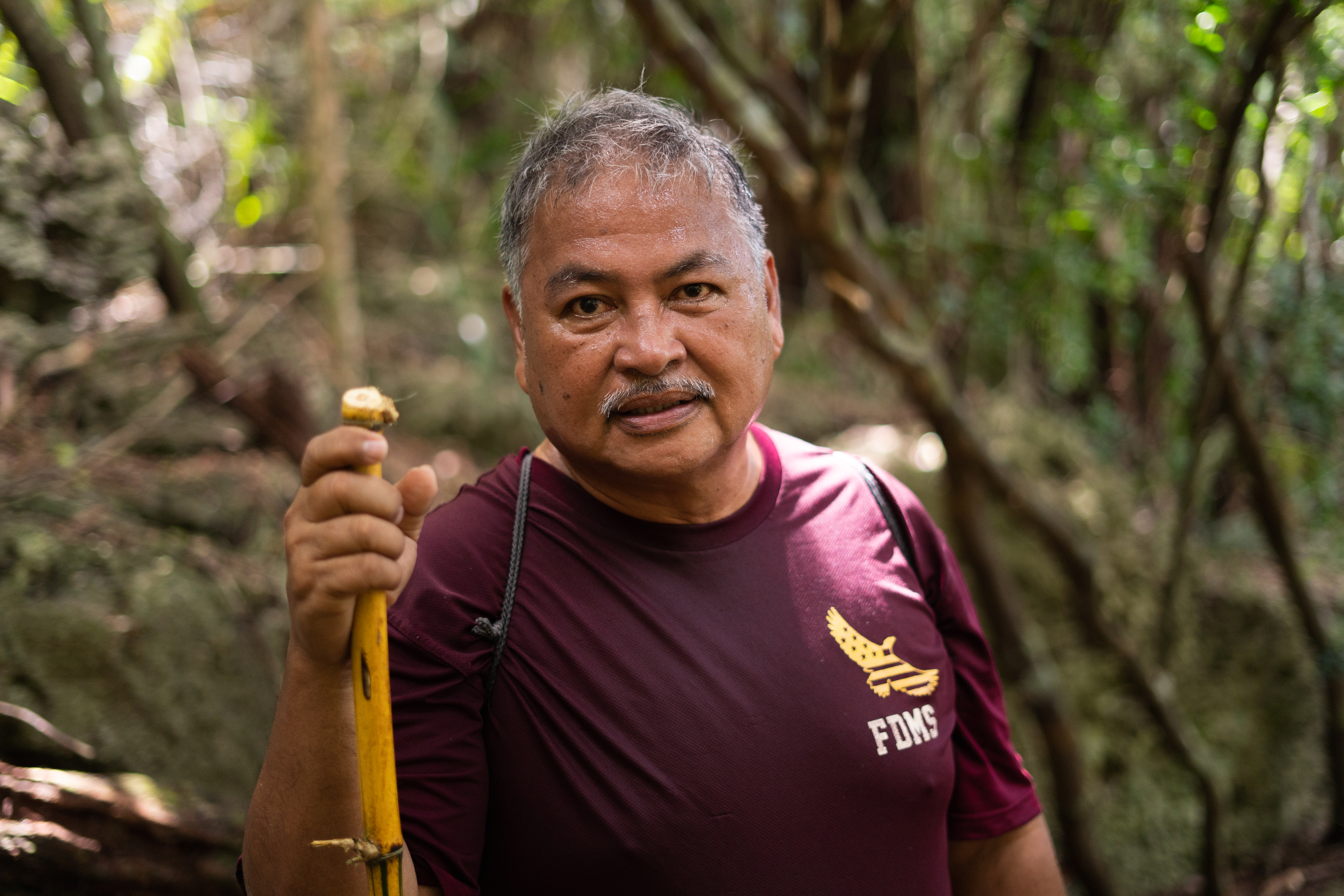France | Arriving in Paris
By Jason Vu

Here it is! After over a week of packing and goodbyes to family and friends, the day was finally here. In around fourteen hours, I would land in Paris where I would be living and studying for the next month. I remember feeling a bit nervous waking up on July 29th with my flight only a few hours away, but more than anything else I was excited. This would be my first time abroad for an extended period of time without family, so I was determined to make the most of this trip. At 1:40pm, after saying one last goodbye to my parents and clearing security, I boarded my plane and within moments I was off.

Nineteen hours later (flight delays…what can you expect), I was at Charles de Gaulle Airport in Paris, France. Once I cleared passport control, I made my way to baggage claim to gather my belongings, but after almost half an hour, my checked bag didn’t come out. Confused, I went to the customer assistance desk to ask about my bag, and it turned out that my bag, along with the bags of a third of my flight, had been left behind during our layover in Dallas. We’d get our luggage back within three days, but that still didn’t help my initial anxiety for this trip. Nevertheless, I grabbed the things I did have (good thing I had my carryon bags!) and made my way to the RER train towards Cite Universitaire.

I got to the university in the evening and immediately found myself having to find my way around a new campus environment. As the international university of Paris, the university was divided into separate “maisons” that represented the various nationalities represented on campus such as Belgium, Morocco, and India. The “maison” I’d be staying at was the “Maison du Portugal – André de Gouveia,” dedicated to the great 16th century Portuguese humanist of the Renaissance.
Located at the southernmost part of the university campus, the Maison du Portugal follows a more modern design compared to some of the other residences surrounding us. It was a bit of a walk from the train station, but I was eventually able to check in at the front desk and make my way to my dorm room.
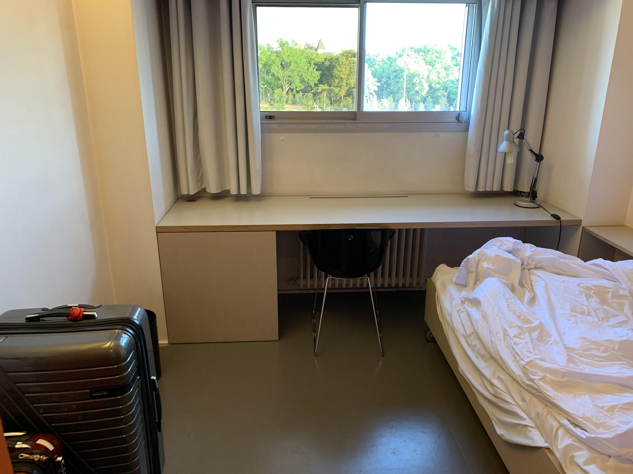
Room 421—my single-bed dorm room (post-nap)
After a light nap and settling in, I finally had the energy to get in touch with my friend on the program to grab some dinner that evening. She reached out to another friend on our program, and the three of us were soon on our way to have our very first meal in Paris together!
In a rush of adventurous energy, we decided not to use our phones to find a restaurant and wander around the neighborhood instead. Luckily, our university was located right next to the 13th arrondissement of Paris, which is known for being home to the city’s own Chinatown. As a result, we eventually found the “Imperial Choisy,” a Michelin-ranked Chinese restaurant only 15 minutes away by walking. We sat down, ordered a few dishes, and celebrated our first night in Paris.

Our meal for the evening: Mapo Tofu, Steamed Chinese Vegetables, and Sichuan Chicken
Stuffed with one of the best meals of our whole trip, we got back to the Maison du Portugal at right about sunset (keep in mind, sunset in Paris was after 9pm). Back in my room, I took a look out of my window facing campus and was met with one of the most beautiful sunsets I have ever seen (picture below). In the last moments of the day, I thought back to my earlier ordeals with flight delays and lost baggage and realized just how small they were compared to one thing—I made it! Months of preparation and paperwork had gone into this moment, making sure I’d get to Paris safe and sound with everything I needed for the next month. And now, I was determined to make the most of it.

Jason studied abroad in France in Summer 2019. https://ieo.ucla.edu/travelstudy/GlobalStudies-France/








